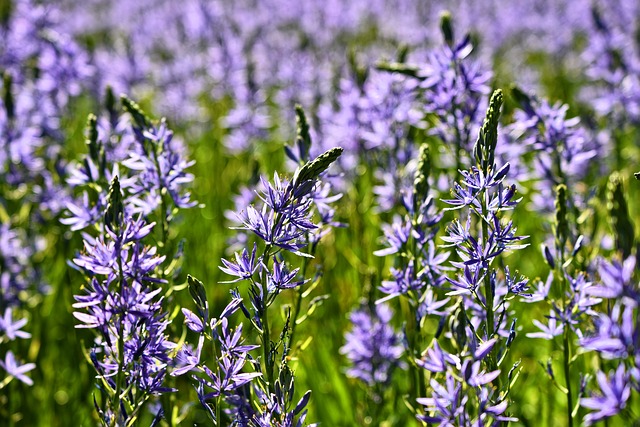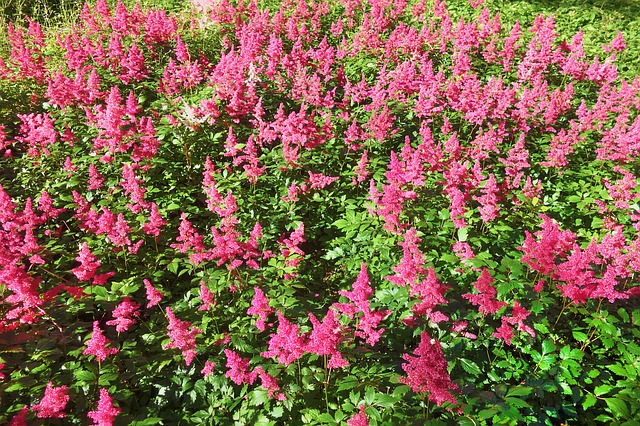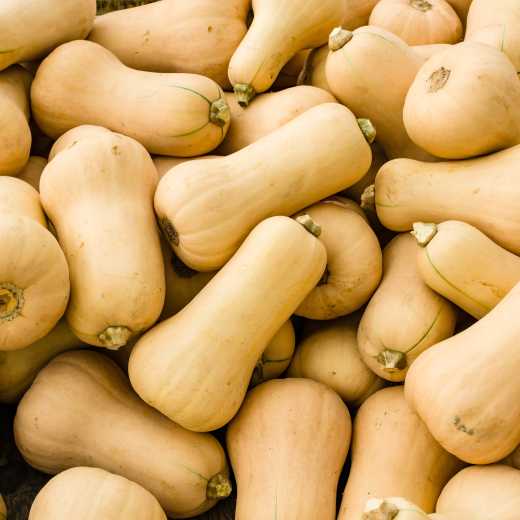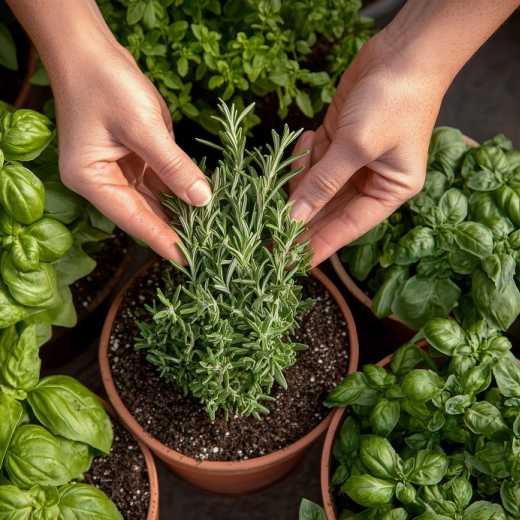Long-Lived Perennials That Can be Planted in the Fall
Fall is the perfect time to plant perennials, bulbs, shrubs, trees, and ornamental grasses. My criterion for choosing some of the best perennials is that they truly do return each year and live for many years. I am expecting even more by requiring that they be easy to care for; look attractive when not in bloom; have no special nutritional needs; and can thrive in high winds, humidity, intense summer heat, and native soils. They also must be drought tolerant and pest resistant. I also want them to be able to stand on their own without staking and not have to be divided and transplanted often as well as they cannot be so aggressive, they take over. Wow, what a lot to ask!
But I have some good plants to recommend that meet these requirements such as Arkansas amsonia, blue wild indigo, feather reed grass, daylilies, and Siberian iris. Here are some more must-haves for the garden.
- Miscanthus 'Morning Light' is an ornamental eulalia grass. I cut mine back in late February, and it gets 5-6 feet tall by August. I also like ‘Karl Foerster’ feather reed grass that gets about 3 feet tall and has inflorescences (plumes) all summer. Mexican feather grass only gets about 2 feet tall, is very delicate looking, and moves in the slightest breeze.
- Peony is an old-fashioned perennial making a comeback. Just cut them back in late February, add fresh compost, and they look good all year. They have extremely large blooms from mid to late spring and are available in every color except blue. It is a good idea to add a peony ring for the plants to grow through because the flowers are so large and heavy. This is the only exception to the no-staking rule, but peonies are so worth it. It often happens that spring rainstorms and high winds coincide with the blooming of my peonies; however, I think they still look quite lovely lying on the ground after a storm. If you don't care for such a casual look, just cut the long stems with flowers and put them in a vase to enjoy. One of my favorites is a single peony called ‘Bowl of Beauty’ with pink and creamy white flowers. It is more wind and rain resistant than the huge double peonies.
- Sedums are the easiest of the easy. Almost everyone has Sedum 'Autumn Joy' that has pinkish flowers in late summer and turns rust-colored for fall. I prefer bright pink 'Brilliantisima' that has rooted from prunings I've tossed on the ground after cutting back the plants.
- Some spring-flowering bulbs that are easy to grow are daffodils, camassia, and crocus. Plant bulbs among shrubs or under trees and let the foliage mature and naturalize for a beautiful show each spring. Bulbs need to be planted between Halloween and Thanksgiving in my Zone 7 area to give a glorious show next spring. You can buy them now and keep in the refrigerator for the required chilling time before planting.

The following perennials can't take full sun but are good in morning sun on the east side of trees and buildings, or in dappled sunlight from trees all day. They are good examples of plants we may have heard of but have not tried in our gardens. As gardeners, it is always fun to expand our plantings and add to our knowledge.

- Chinese astilbe (Astilbe chinensis) becomes thicker and has more flowers each year. Good cultivars are 'Visions' and 'Superba'.
- Lenten rose or hellebore is becoming very popular. They bloom in late winter when nothing else is in bloom yet and flower for almost 3 months.
- Hostas come in all sizes from miniature to big and bold and work in many different landscape situations.
- Heuchera or coral bells look amazing mixed in with hostas.
- Ferns are airy and beautiful and work well planted in shady areas with hostas and heucheras. Some of the best ferns that can survive hot climates are autumn fern, holly fern, southern wood fern, and Japanese painted fern. If you live in a more northerly zone, you have many more choices of ferns that will grow in your area.
- Monkey grass (Liriope) is one of the most popular ground covers. It is best planted alone or with shrubs in a location where you want a low-maintenance groundcover to fill in an area that is confined by sidewalks or borders because it does spread prolifically. This is the case of “the right plant in the right place” if you want to love your liriope (rhymes with calliope) instead of trying to keep it under control because it spreads into your lawn and consumes small perennials. It is amazing for erosion control, crowds out most weeds, and needs very little care or watering. Mine gets mowed in late spring to promote fresh new growth, and that’s it. I have some growing around a large river birch tree with a border surrounding it where absolutely nothing else will grow. I also have some in a 4-foot-wide border between the house and a sidewalk on the north where it is contained and does not send runners into the lawn. I have taller shrubs in the border, and the monkey grass makes a nice evergreen groundcover and backdrop for the shrubs and house.
Fall is an excellent time to buy and plant some of these beautiful perennials that should get bigger and better for years to come. Local nurseries and garden centers are getting plants in now. If they do not have what you are looking for, I have had good luck ordering bulbs, bare-root plants, and live plants from nurseries on the Internet. If you just search for the specific plant you are hoping to find, many sources will pop up. Then you can spend as much time as you want comparing sizes, prices, and shipping rates to get the best bargains. I have ordered smaller plants for cheaper prices in the fall that become established over the winter and are ready to grow quickly when warm weather arrives. In the spring when the first buds begin to open, I apply an organic fertilizer such as Plant Tone from Espoma. Other than that, I just keep new plantings watered especially well the first season and enjoy. Happy Gardening!
National Garden Clubs, Inc. is a 501(c)(3) organization that aims to promote the love of gardening, floral design, and civic and environmental responsibility. There is a local club near you, click here to find one and join. Subscribe to the NGC’s blog by entering your e-mail here. You will receive an e-mail when there is a new blog article on the NGC website. You do not have to be an NGC member to subscribe.

 Member Login
Member Login






